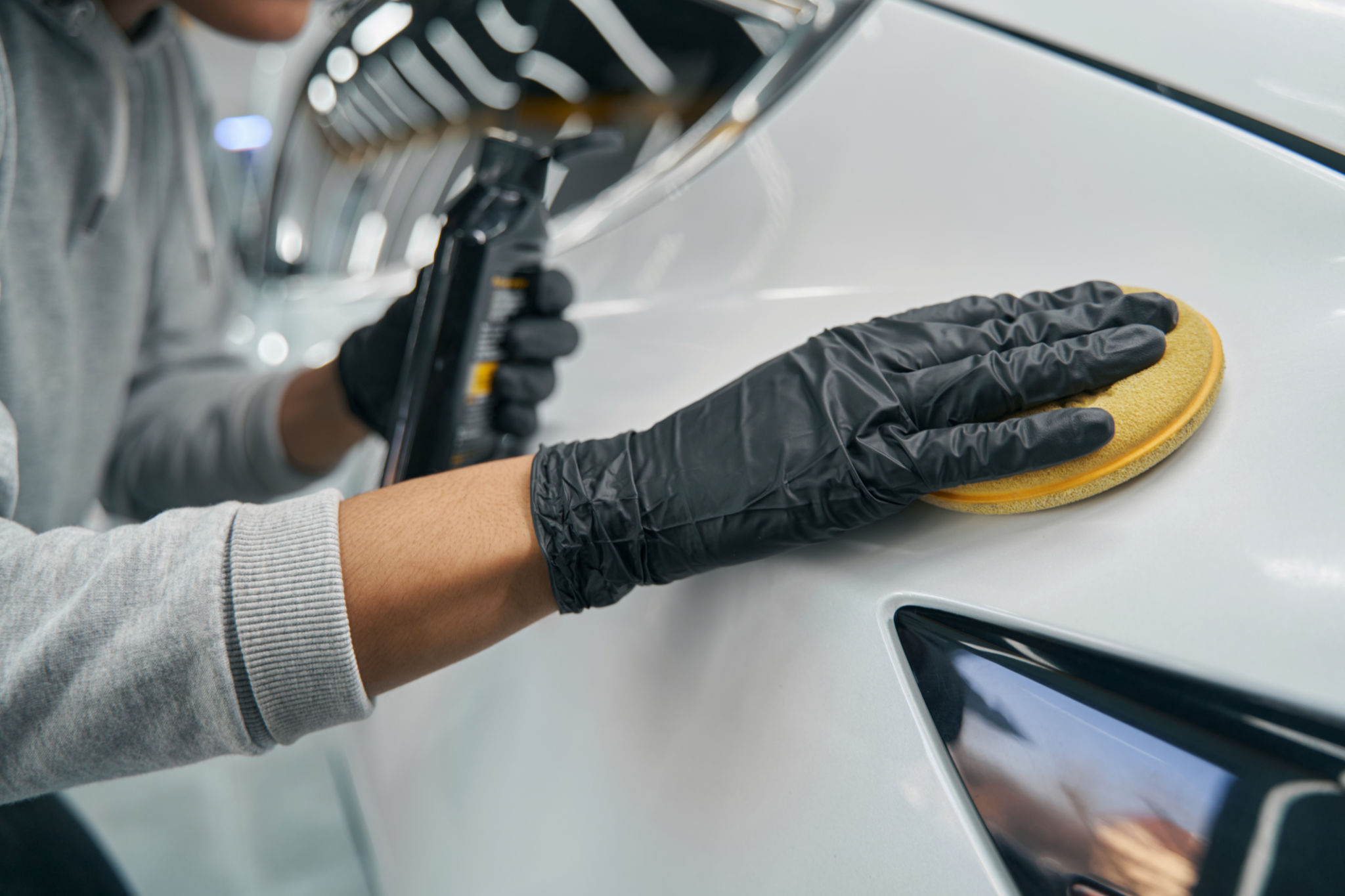Ceramic Coatings vs. Traditional Wax: Which is Better?
Understanding Ceramic Coatings
Ceramic coatings have gained significant popularity in recent years as a superior option for vehicle protection. A ceramic coating is a liquid polymer applied to the exterior surfaces of a vehicle, forming a chemical bond with the factory paint. This creates a protective layer that guards against environmental contaminants and UV rays.

One of the main advantages of ceramic coatings is their longevity. Unlike traditional wax, which may need frequent reapplication, ceramic coatings can last several years with proper maintenance. This durability makes them an attractive choice for car enthusiasts who want to preserve their vehicle's appearance over time.
Exploring Traditional Wax
Traditional wax has been a staple in car care for decades. It is known for providing a glossy finish and protecting the vehicle's paint from minor scratches and UV rays. Wax is generally easy to apply and can be a cost-effective way to maintain the look of your car.
The primary drawback of traditional wax is its short lifespan. Most waxes require reapplication every few months to maintain their protective qualities. This can be time-consuming and may not offer the same level of protection as newer technologies like ceramic coatings.

Comparing Performance and Protection
When it comes to performance, ceramic coatings offer superior protection against a variety of elements, including bird droppings, tree sap, and acid rain. They create a hydrophobic surface that repels water, reducing water spots and making cleaning easier.
Traditional waxes, while effective at providing a shine, do not offer the same level of protection. They may be better suited for those who enjoy regularly detailing their car and do not mind frequent waxing sessions.
Costs and Value
The initial cost of applying a ceramic coating can be higher than that of traditional wax. However, when considering its longevity and reduced need for frequent applications, ceramic coatings may offer more value in the long run.

Traditional waxes are generally less expensive upfront but require regular reapplication to maintain their benefits. For car owners who enjoy the ritual of waxing, this cost may not be a concern, but it is an important factor when considering overall value.
Making the Right Choice
The decision between ceramic coatings and traditional wax ultimately depends on your specific needs and preferences. For those looking for long-lasting protection with minimal upkeep, ceramic coatings are an excellent choice. They provide a durable shield that enhances the vehicle's appearance and offers peace of mind.
On the other hand, traditional wax may be ideal for car owners who enjoy frequent maintenance routines and prefer a lower initial investment. Its ease of application and ability to enhance shine make it a classic choice for many.
Conclusion
Both ceramic coatings and traditional wax have their unique advantages and drawbacks. By understanding your priorities—whether it's long-lasting protection or maintaining a regular detailing schedule—you can make an informed decision about which option is right for you.
Consider factors such as budget, time commitment, and desired level of protection when choosing the best product for your vehicle. Whichever you choose, both methods can help keep your car looking its best.
